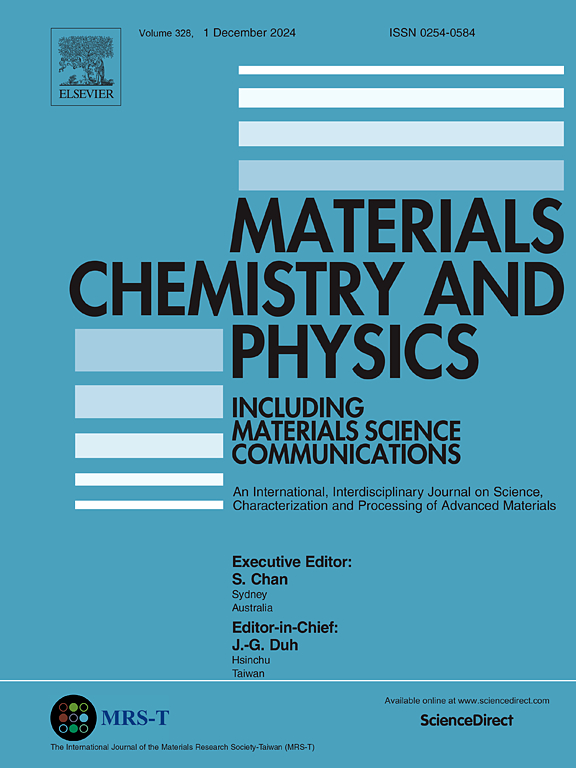A new 1.2 GPa ultra-high strength AISI 316L steel designed by uniform microstructure and texture
IF 4.3
3区 材料科学
Q2 MATERIALS SCIENCE, MULTIDISCIPLINARY
引用次数: 0
Abstract
In this study, to achieve a uniform microstructure and texture and high strength in AISI 316 L austenitic stainless steel (ASS), asymmetric turned rolling (ATR) was employed. The effect of cold rolling strain (10 %, 30 %, 50 %, and 70 %) on the microstructure and mechanical properties of AISI 316 L ASS was investigated. With increasing the thickness reduction, the fraction of deformation twins, strain-induced martensite (SIM), and shear bands was increased. The texture results showed that the shear textures (Rotated Cube component and γ-fiber) with the same intensity as in the surface areas were also formed in the mid-thickness of the sheet due to the uniform strain distribution throughout the sheet induced by the ATR process. With increasing the rolling strain, hardness and strength were increased, and ductility and toughness were decreased due to the strain-hardening mechanism and increase in the density of deformation twins, SIMs, and shear bands. The AISI 316 L sheet after 70 % ATR process exhibited hardness of 396 HV, yield strength of 1176 MPa, tensile strength of 1186 MPa, ductility of 8.6 %, and toughness of 166 J/cm3. The fracture mode was ductile, however, by increasing the rolling strain up to 50 %, the depth and size of dimples were decreased.
一种具有均匀组织和织构的1.2 GPa超高强度AISI 316L钢
为了使AISI 316l奥氏体不锈钢(ASS)的组织织构均匀且具有较高的强度,采用了不对称翻转轧制(ATR)工艺。研究了冷轧应变(10%、30%、50%和70%)对aisi316lass组织和力学性能的影响。随着厚度减小,变形孪晶、应变诱发马氏体和剪切带的比例增加。织构结果表明,由于ATR过程引起的应变分布均匀,在薄片中厚层也形成了与表面相同强度的剪切织构(旋转立方分量和γ纤维)。随着轧制应变的增加,合金的硬度和强度增加,而由于应变硬化机制以及变形孪晶、SIMs和剪切带密度的增加,塑性和韧性降低。经70% ATR处理的aisi316l板材硬度为396 HV,屈服强度为1176 MPa,抗拉强度为1186 MPa,延展性为8.6%,韧性为166 J/cm3。然而,当轧制应变增加到50%时,韧窝的深度和尺寸都减小了。
本文章由计算机程序翻译,如有差异,请以英文原文为准。
求助全文
约1分钟内获得全文
求助全文
来源期刊

Materials Chemistry and Physics
工程技术-材料科学:综合
CiteScore
8.70
自引率
4.30%
发文量
1515
审稿时长
69 days
期刊介绍:
Materials Chemistry and Physics is devoted to short communications, full-length research papers and feature articles on interrelationships among structure, properties, processing and performance of materials. The Editors welcome manuscripts on thin films, surface and interface science, materials degradation and reliability, metallurgy, semiconductors and optoelectronic materials, fine ceramics, magnetics, superconductors, specialty polymers, nano-materials and composite materials.
 求助内容:
求助内容: 应助结果提醒方式:
应助结果提醒方式:


